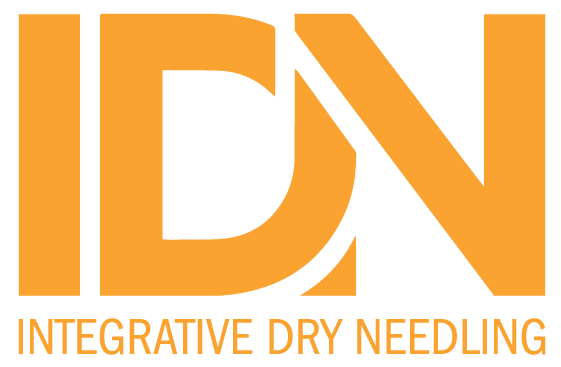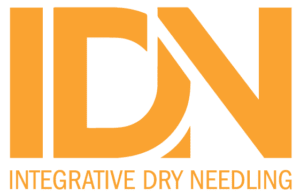Pain Res Manag. 2022 Aug 2;2022:2984942. doi: 10.1155/2022/2984942. eCollection 2022.
ABSTRACT
OBJECTIVE: To evaluate the safety and effectiveness of ultrasound-guided dry needling for trigger point inactivation in the treatment of postherpetic neuralgia (PHN) mixed with myofascial pain syndrome (MPS).
METHODS: A prospective and controlled clinical study was conducted. From January 2020 to December 2020, among the 100 patients who received PHN treatment in the pain department, 54 patients complicated with MPS were randomly divided into the dry needling group D (n = 28) and pharmacotherapeutic group P (n = 26). Visual analogue score (VAS) and McGill Pain Questionnaire (MPQ) were taken as primary indicators. Ultrasound-guided inactivation of myofascial trigger points (MTrPs) with dry needling and intradermal needling combined with press needling were applied on group D and pharmacotherapeutic only treatment on group P respectively. The VAS score <3 and/or the MPQ score <2 represents effective treatment. The VAS score >3 and/or the MPQ score >2 represents recurrent in follow-up study three months after the treatment.
RESULTS: After four weeks treatment, the effective rate of one month later of the group D was 92.9% and the effective rate of group P was 38.5%, respectively. The recurrent rate of group D was 7.1% and 34.6% for group P, respectively, for follow-up three months later. The satisfactory rate of group D was higher than that of group P.
CONCLUSION: Ultrasound-guided dry needling and intradermal needling combined with press needling were more effective than only pharmacotherapeutic treatment for PHN mixed with MPS, with lower recurrent rate and higher patient’s satisfactory rate.
PMID:35958677 | PMC:PMC9363202 | DOI:10.1155/2022/2984942



